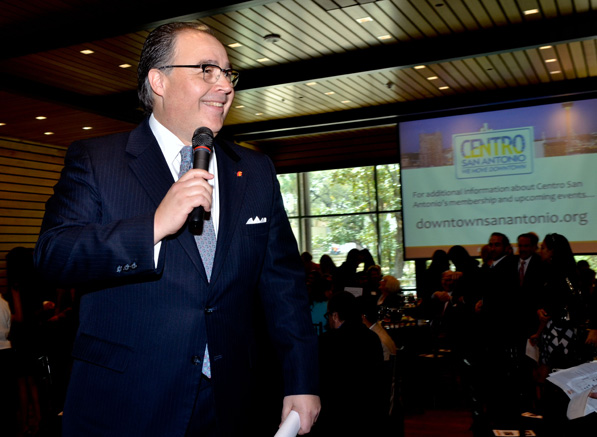Roberto Orci is a Mexican American who understands that having a Hispanic background can be complicated. The son of a US-based Mexican diplomat, Orci has been an English-speaker since the first grade, but returned to his native country after graduate school to realize that his was not the typical narrative one thought of when he introduced himself as “Mexican.”
Crossing borders, crossing languages, and crossing cultures, his perspective and strategy in targeting the Hispanic market were shaped by subtle culture shocks. He would even take his experience to Canada and discover the cultural nuances between the French- and English-speaking demographics. Having an astute grasp on the subtleties that shape what it means to be Hispanic in America is something many companies attempt, but few do well.
The Acento Advertising CEO capitalizes on the value of the growing Hispanic consumer base by working with national companies to create relevant content. The agency does this by tracking results for big-name clients, like Wells Fargo, CenturyLink, and Time Warner Cable.
“Our demographic is the sweet spot,” Orci says. “US Hispanics represent a significant part of growth. Investing in the US Hispanic market means seeing it as a priority—from opening new bank accounts to getting online services at CenturyLink, or taking children to get their teeth checked at the dentist at Western Dental.”
Orci has enjoyed success for more than three decades in the industry, and he tracks that success with data. He records results with all of Acento’s clients to develop new advertising campaigns that are relevant and effective.

“We know how our consumers use our product from primary and secondary research,” Orci says. “You start from a solid foundation to develop creative concepts that target and resonate with consumers.”
Orci did this with former client Time Warner Cable’s Western division before they consolidated offices in New York. Before they started with a creative strategy, Orci and his team tracked results using 1-800 numbers called by new service customers to research what service provider they prviously used and what channels they were watching. From that information, they made adjustments, which lowered the cost per call. The agency then ran different campaigns with various offers to test the media efficiency and figure out what resonated most with customers within the target market, from different bundling packages to promotional offers.
“Tracking results lends a greater accountability and return on investment,” Orci says. In the past, marketers only tracked general-market results. Today, they measure all sources of their sales. That information pushes companies to consider whether they should have an ad in Hindi, in Spanish, or in English, based on who their customers are. It’s a strategy Orci uses widely to connect his clients to the Hispanic consumer and stress their value to big corporations. Today’s Latino population is changing, and Orci has had to adapt to bilingual advertising and diverse platforms.
“The Hispanic market is interesting because some consumers speak Spanish, some speak English, and some are bilingual,” Orci says. What’s more interesting, though, is that the language primarily spoken isn’t trending in any one direction. “When we think of consumers, we don’t only think about their demographics and their language. We have to layer in the cultural issues.”
“If you’re a Spanish-dominant speaker, your home country heavily influences your culture. If you’re English-dominant, you’re heavily influenced by US culture with a Hispanic filter. It isn’t enough to know the details of the demographic. You really have to know how culture plays into decision making because it affects virtually every product category.”
“Investing in the US Hispanic market means seeing it as a priority.”
The agency focused on the cultural impact of the California Hispanic female shopper for SuperValue grocery chain Albertson’s. Orci concentrated on the seasonality of food products and chose to use both English and Spanish to illustrate the grocer’s message. Selling each product has a specific window of time, so each message has to have an impact to bring people into the stores. When Acento did the campaign for Albertson’s, television, radio, and Internet ads, it had to be very causative to what was happening in the market.
When targeting Hispanic millennials, convenience is extremely important, according to Orci. Take Acento’s current Wells Fargo mobile campaign, which targets Hispanic youths who are on the go. The on-air TV campaigns relate the same information and interact with mobile platforms in both Spanish and English media—a result of the agency considering how young Hispanics are becoming more bilingual, as well as their frequent use of digital channels.
“Celebrating diversity in all senses is the way to connect with millennials,” Orci says. “Young Hispanics live in a multi-cultural world. So we’re very conscious of what our consumers are exposed to, message-wise, from billboards on the street to what they see in stores.”
Orci is leading a charge, by developing an understanding for complexities and nuances. With agencies taking on more and more clients, it’s becoming increasingly important to target the Hispanic market and track results, and Acento advertising is ahead of the game. It’s not enough for companies to target the general market as a whole. They have to look at their consumer base to create relevant, individualized advertising, which Acento does seamlessly.

